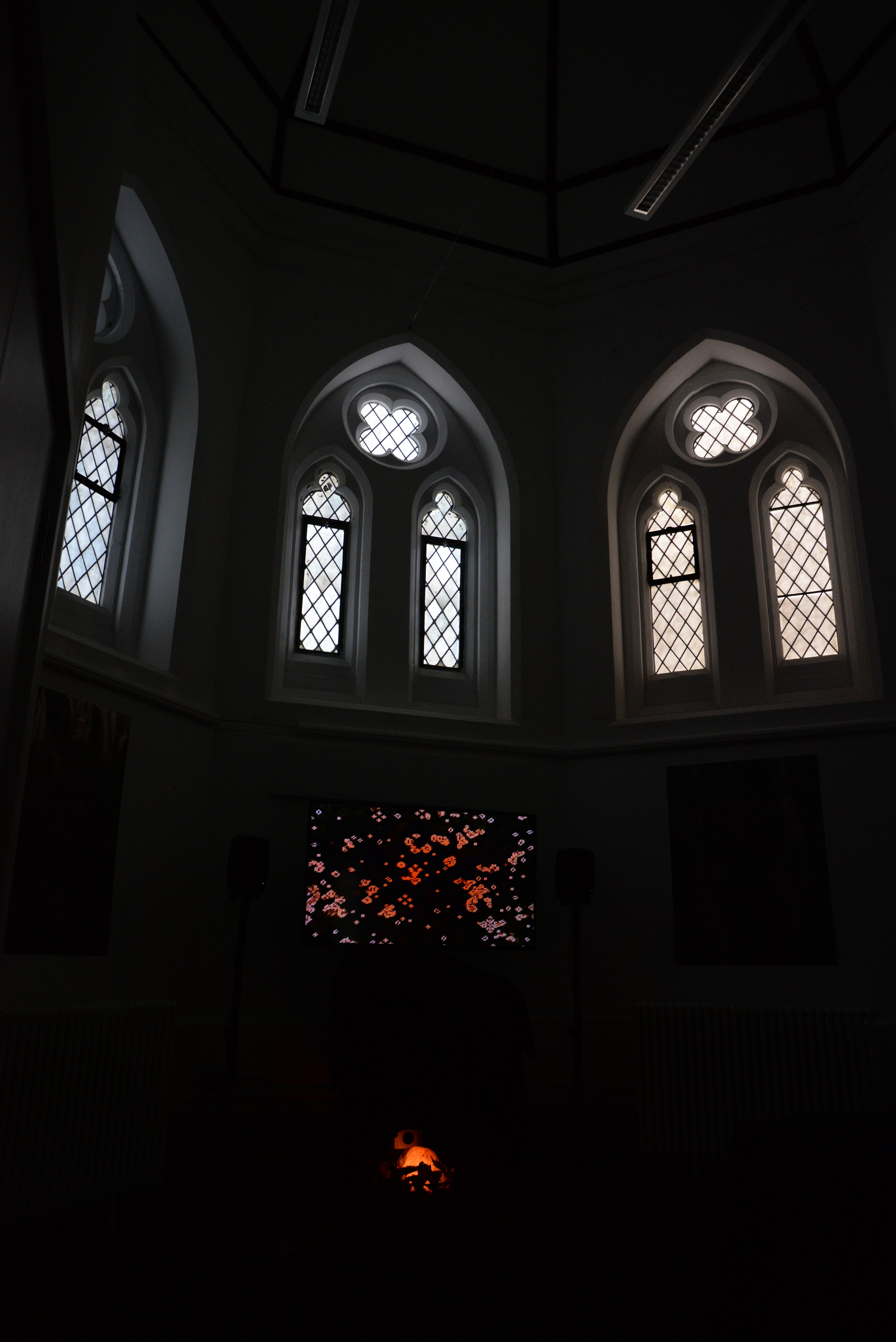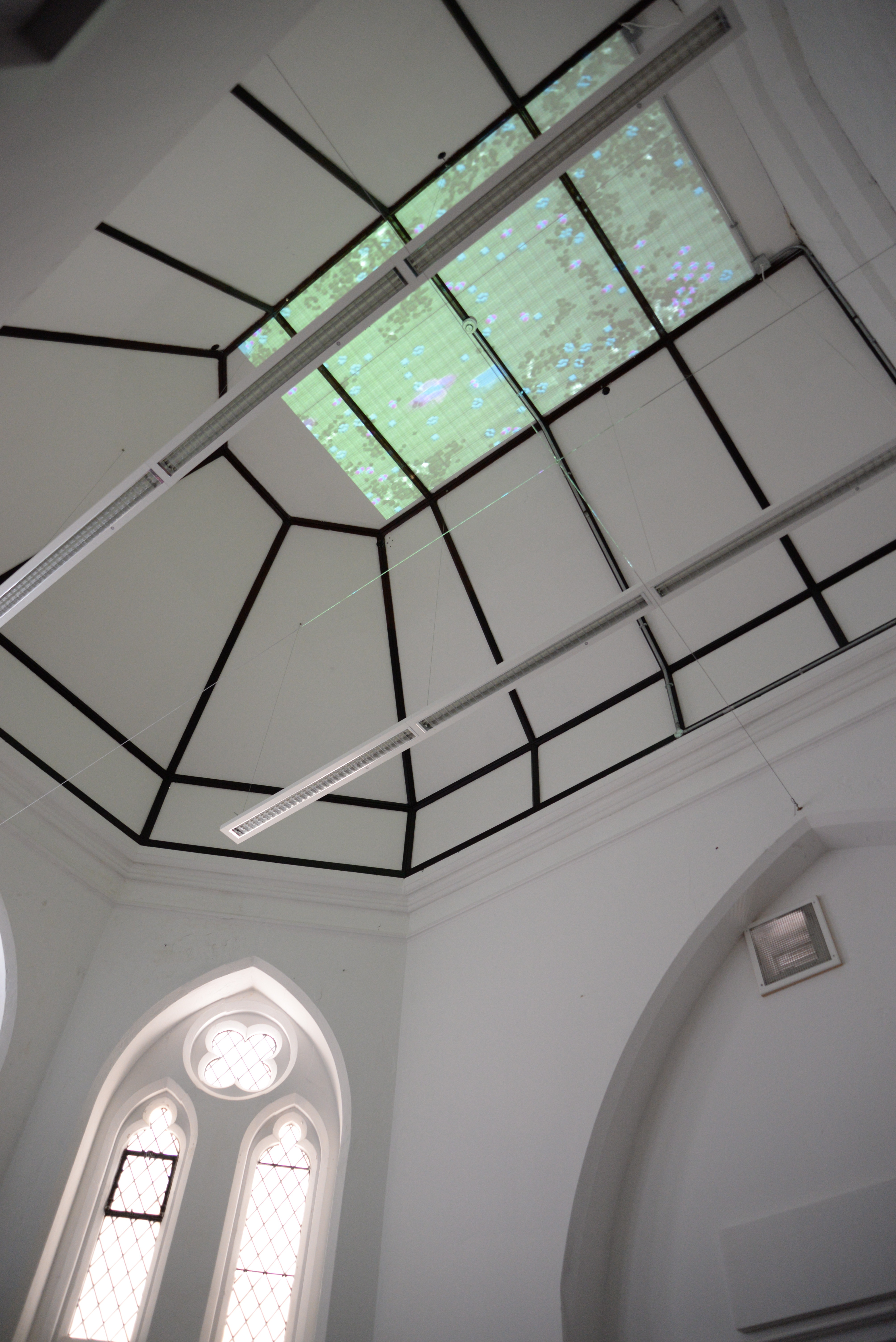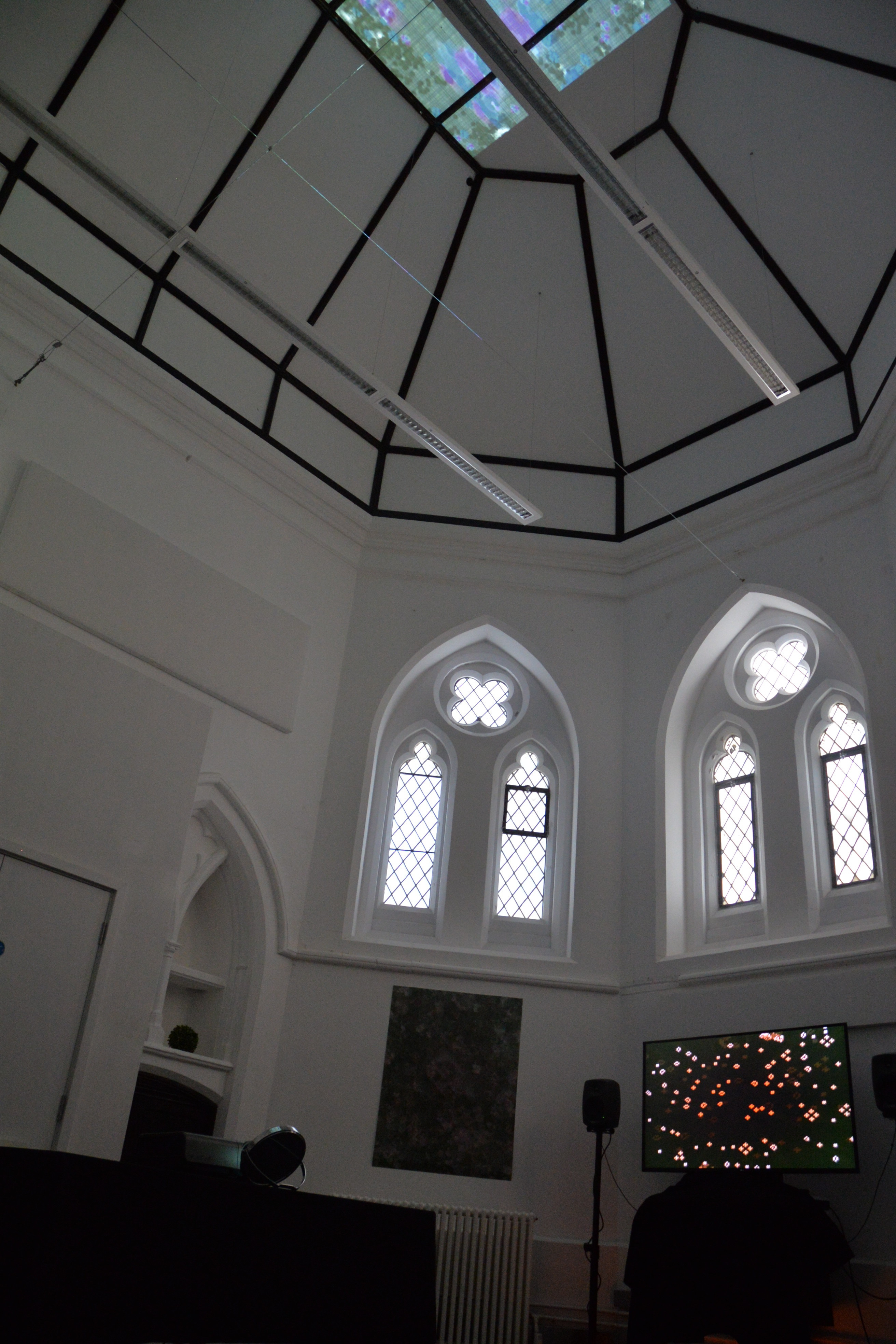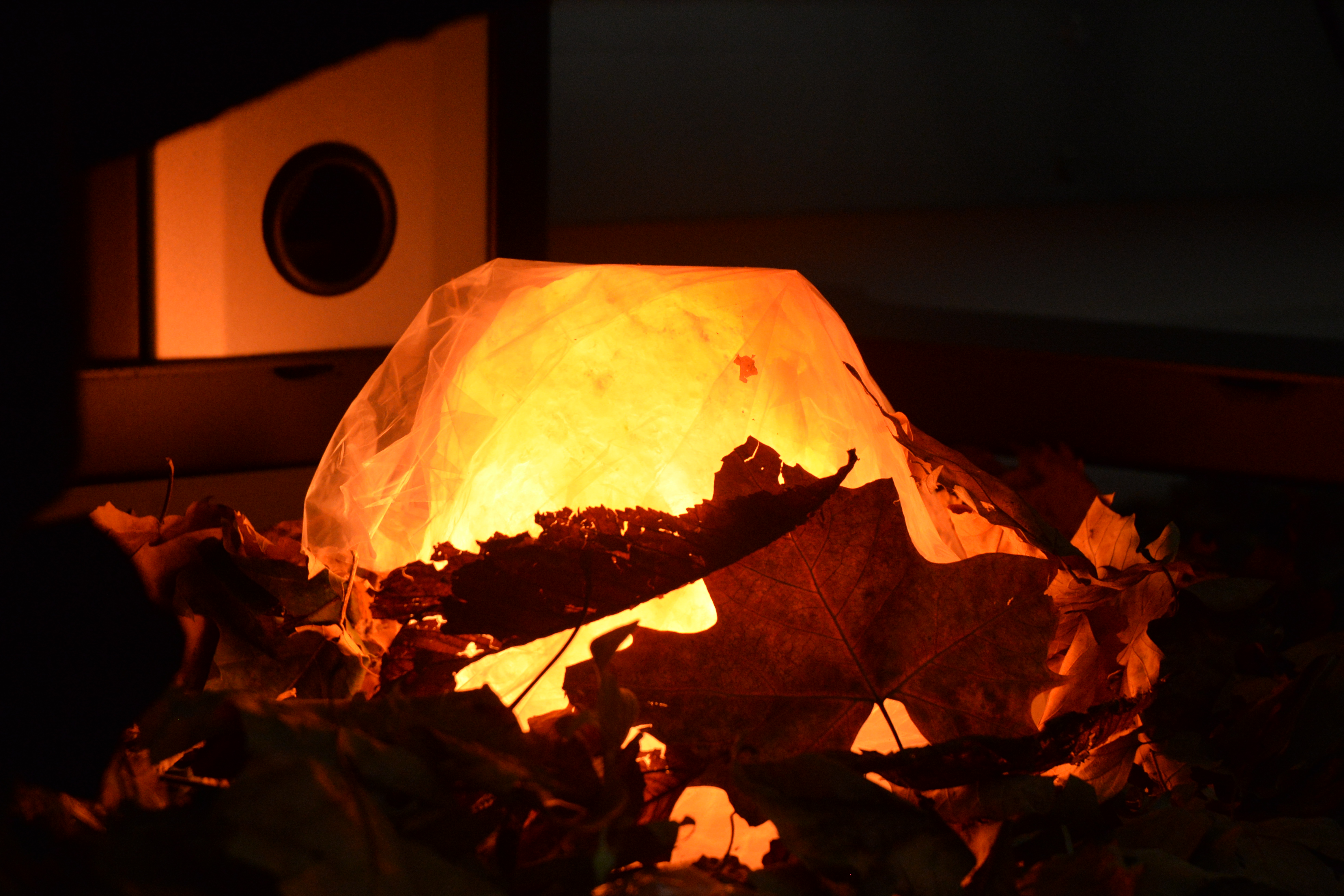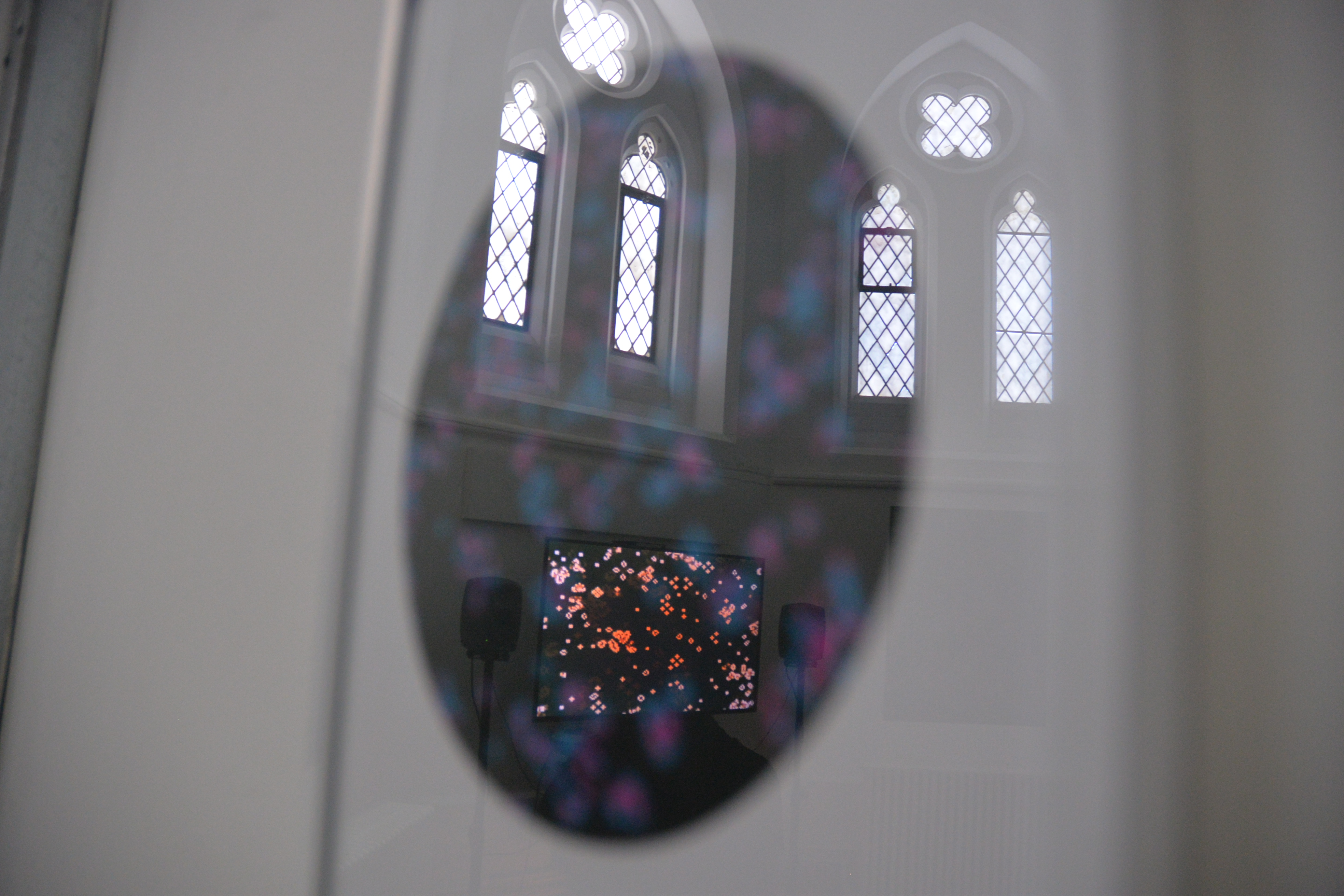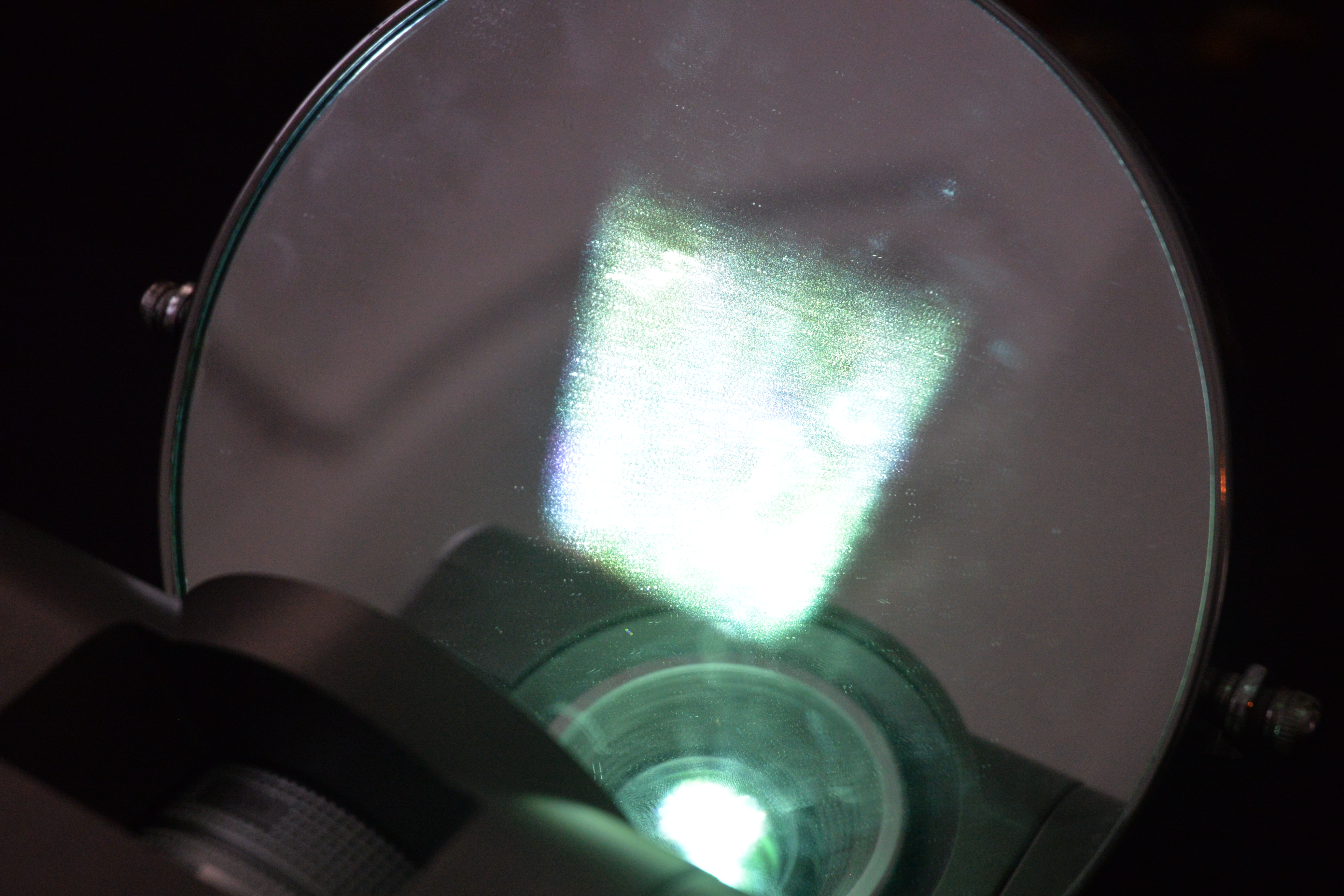The Garden of Life
The Garden of Life is an ongoing interrogation into the relationship between two realms; the physical, natural realm of ‘real life’ versus the synthetic, virtual world of the computer. Inspired by the science of invasive plants and computer viruses, and drawing influence from artificial intelligence and generative design, the work seeks to question the very notions of ‘life’ and ‘nature’ and what they may come to mean in the future.
Created by: Rebecca Harris
Concept
It seems that throughout human history, our language is necessarily playing catch-up with the developments in technology. And, since language is our first port of call when making sense of experience, then perhaps our very understanding of new technologies is in a similar state of lag. In bridging these semantic and psychological gaps we can only utilize the language and concepts we possess at that given moment in time, and so we invent strange compound terms to give us a momentary handle on what it is we are perceiving; horseless carriage for example, or moving picture. By stretching to describe something for which there is neither the vocabulary nor the concept, these hybrid phrases tend to inhabit a rather grey area in which their meaning is often as indefinite and vague as their very wording.
Using John Conway’s ‘Game of Life’ as its platform, this work questions the deeply paradoxical nature of the hybrid phrase of our times; artificial intelligence. By designing and creating a 'garden’ from perhaps the most pure and organic example of artificial intelligence, The Garden of Life asks whether the ‘intelligence’ it exhibits is necessarily ‘artificial’, and whether the processes it initiates can be described as natural, organic, or even alive. Much like the gardens we are familiar with, The Garden of Life grows until it finds it's natural equilibrium; cells live, die and reproduce fuelling a constant and virtually autonomous lifecycle. This state is different every time, as well as the time in which they take to get there. The fact that the set of rules never change and yet the garden evolves differently each time further emphasises the question of whether or not it is alive. So is artificial intelligence also artificial life? And if so, how should we, how can we define this ‘life’? Do we separate it from ourselves, or are we inextricably linked to one another. And if we are so connected, what makes this artificial life and intelligence any less ‘real’ than our own.
The natural world is being used to create new technologies that are in turn mimicking and recreating the world in which they were born. It is within this feedback loop where some of the most interesting uncertainties lie; what, for instance, might the consequences be of recreating and eventually replacing the original nature with our own technological versions? Exploring how the relationship between humankind and nature evolves alongside these new technologies, the work is as much a conversation between nature and technology as it is between the artist and her computer. Not only are we evolving alongside one another, but these once distinct realms are beginning to crossover. It is within this transition where this installation exists. The Garden of Life imagines a speculative environment as part of an ongoing interrogation into the relationship between two realms; the physical, natural realm of 'real life' versus the synthetic, virtual world of the computer. In the liminal space between these often paradoxical zones, Harris builds an immersive installation that revolves around her virtual gardens that live, grow and die with near-complete independence.
Research
Inspired by generative art, this project not only questions the relationship between nature and technology but the relationship between artists and technology. Specifically referring to modern technology, what happens to an artwork when we introduce elements of chance and randomness? Does the artwork become less ours? Maybe. But it is precisely within this random field that something exciting can happen. The genuinely unrepeatable event; a unique experience for each viewer. Such chance is echoed within the 'real' physical gardens we are used to, where a plant will never look the same way twice.
The work also draws influence from the Next Nature Network, an organisation that explores the boundaries and relationship of nature and technology in a modern, Posthuman world. The leading light amongst this network is the Dutch philosopher Koert van Mensvoort, whose concepts, theories and ideas have inspired the work enormously. He writes, 'We debate saving nature, we dream about escaping to nature, but rarely do we ask "What is nature?"' And it is exactly this question the work is designed to ask.
The Anthropocene and the ideas surrounding this new epoch have also been influential in the making of this work. Indeed, the technological evidence of humankind is not merely an inescapable feature of modern life, but our ever denser presence and ever greater footprint is changing the conditions of the earth's biosphere irreversibly. Such a seismic shift in the history of this planet makes Mensvoort and others like him think our simple notion of what consitutes nature is in dire need of a radical update.
Of further influence was the book 'Technological Nature: Adaptation and the Future of Human Life', published by MIT Press and written by Peter H. Khan. The books opening paragraph reads: "It is possible that most of us have had this experience- of the waning campfire, and then so softly and so gently the darkness of the night sky takes hold. It is calming, simple, awe-inspiring all at the same time. Such experiences with nature go back hundreds of thousands of years in our evolutionary history. Yet, now, in recent years- especially given the sophistication and pervasiveness of our computational technologies- we have begun to change our species' long-standing experiences with nature. Now we have what I am calling technological nature: technologies that in various ways mediate, augment, or simulate the natural world." This quote also gets to the heart of what this piece is all about. What is nature in this technological age? What should it mean and what can it be?
Process
The installation includes audio made in collaboration with an electronic musician who created the sound in response to viewing stills of the work. This was an organic process of collaboration that felt deeply in keeping with the main themes of the piece. The audio emphasizes the relevance of feedback loops to the installation and the crossover between nature and technology. Using a range of delays, reverbs and panning, the audio mimics natural sound waves and adds to the feeling of immersion. Furthermore, it mimics the way in which the visualisations are made; I gave the musician a set of initial rules with which he could take in whatever direction he decided.
By and large, this project evolved from a lesson on generative art as part of the module Creative Coding II at Goldsmiths, University of London. Written in C++, each of the codes use the addon ofxPostProcessing created by Neil Mendoza. The addon can be found here: https://github.com/neilmendoza/ofxPostProcessing
The three codes linked to beneath are slightly different and explore how minor changes in the ruleset of the 'Game of Life' can have a drastic effect on the visual outcome. The result is a series of 'virtual gardens' simultaniously playing from monitors and projectors. The idea is that each one of these 'gardens' join together to create The Garden of Life; a much larger, 3D, immersive garden that people can walk around and explore. Within The Garden of Life you can also find various props and found objects that come together to create the resulting speculative environment.
Conclusion
Perhaps the most significant challenge of the project was making the various cellular automata appear organic. Inevitably this process became more about trial and error and, more importantly, serendipity. I decided that 'real-life' gardening often seems to make use of chance occurances and so it became fundemental to the coding to work in such a manner. This made the process of coding a lot more spontaneous and natural. As well, the act of collecting the props was approached in a similar manner; it consisted of several hours of walking around stores like Homebase and Poundland, searching for the unknown. Another challenge faced was trying to create the installation on such a small budget; it meant that some of the props I have either found or bought for next to nothing. For example, I knew that I wanted to utilize the floor space but finding a way to do so on a very small budget was tricky. This led me to the use of leaves which added more to the immersivesness of the installation than intended; not only did it give the viewers something to look at, it gave them something to smell, hear and touch. Many of the small changes made since getting into the space has left the work a lot more site specific than anticipated. Initally, I had planned for the main visualisation to be projected onto the floor. Once I was in the space this idea quickly changed and was when I began experimenting with projecting up towards the ceiling. With the use of a small mirror and some good luck, the projection fitted perfectly and entirely changed the space. Now viewers would be encouraged to look upwards by a looming, omnipresent green light. In the future, I would like to think of other ways in which to bring the 'virtual gardens' out of the virtual and into the 'real'. Instead of projecting them, I would like to print them in 3D and possibly incorporate them into virtual reality. Furthermore, I aim to develop the code by adding more rulesets and generally making the system more complex. It would also be interesting to remove the 'virtual gardens' one step further away from myself; delving deeper into the realms of artificial intelligence and science fiction.
For more on these virtual gardens of real artificial life, email me at: rhar@tuta.io
rhar.io
metasis.io
Link to <
References
Daniel Shiffman, The Nature of Code (2016)
Daniel Shiffman, 7.2: Wolfram Elementary Cellular Automata - The Nature of Code (2016)
Ken Goldberg, Introduction: The Unique Phenomenon of a Distance ()
Matt Pearson, Generative Art: A practical guide using processing([n.p.]: Manning Publications, 2011).
New Media Poetics: Contexts, Technotexts, and Theories, ed. by Thomas Swiss, Adalajde Morris ([n.p.]: MIT Press, ).
Next Nature Network, (2016)
Neil Mendoza, ofxPostProcessing (2015)
Peter H. Kahn, Technological Nature: Adaptation and the Future of Human Life ([n.p.]: The MIT Press, 2011).
Peter H. Kahn, Jr., Rachel L. Severson, and Jolina H. Ruckert, 'The Human Relation With Nature and Technological Nature', in









































































